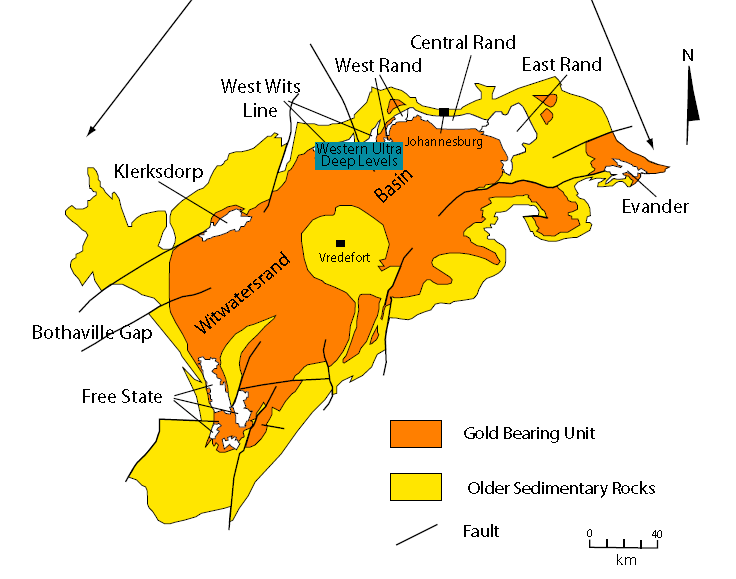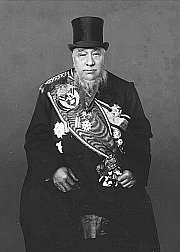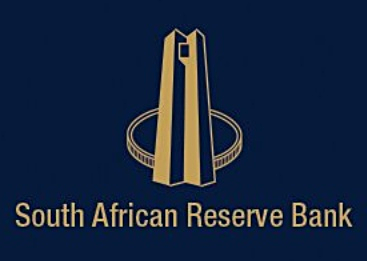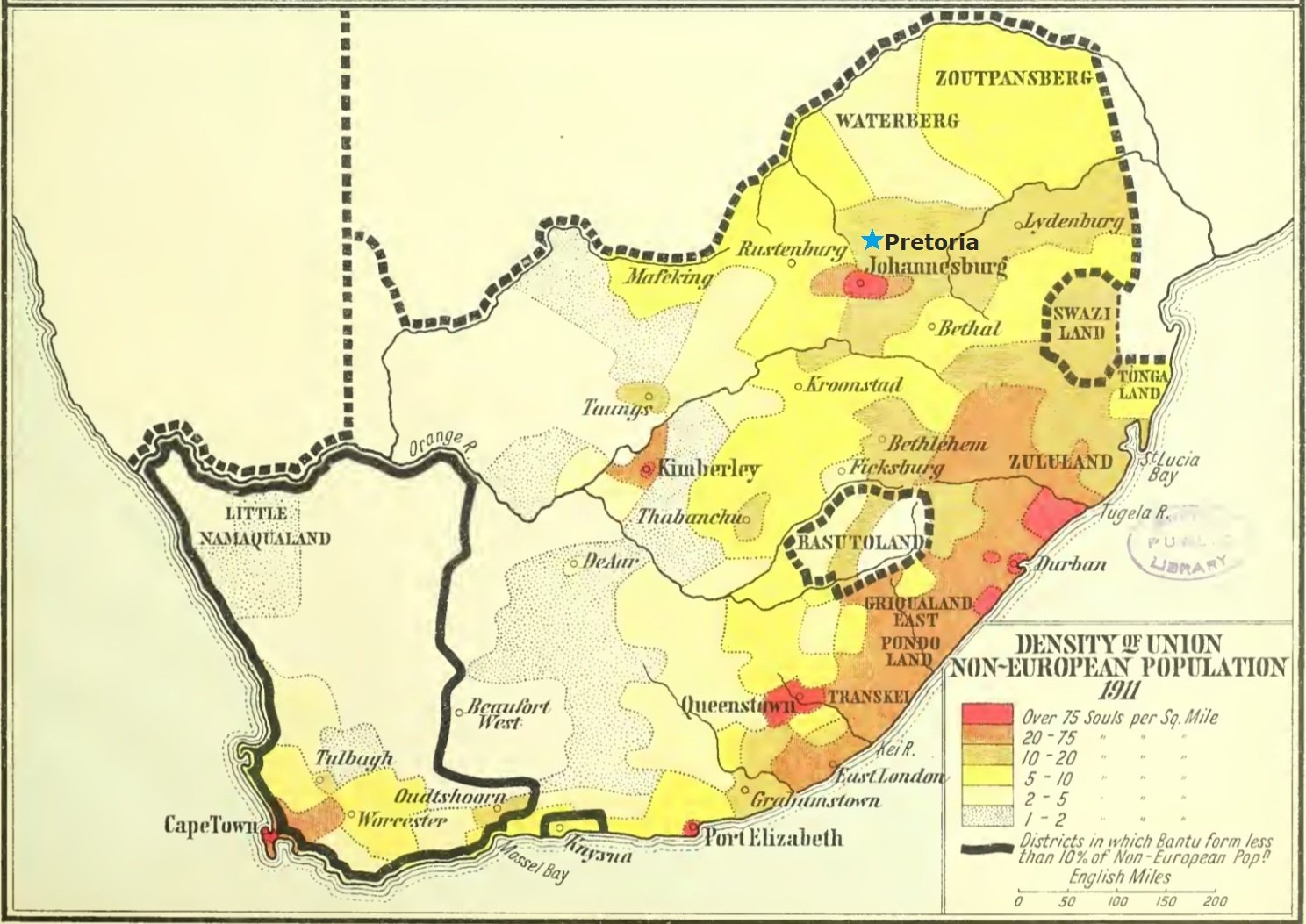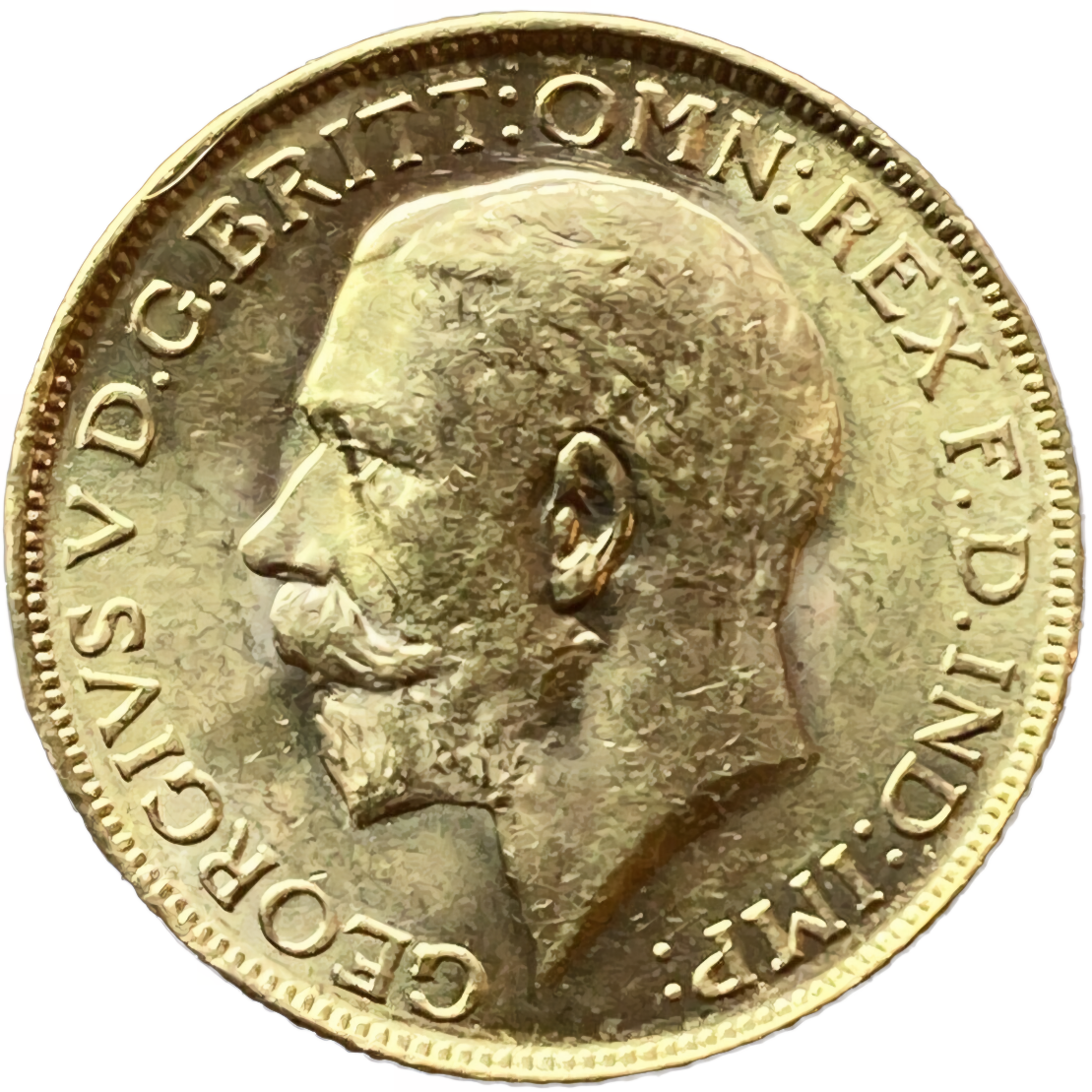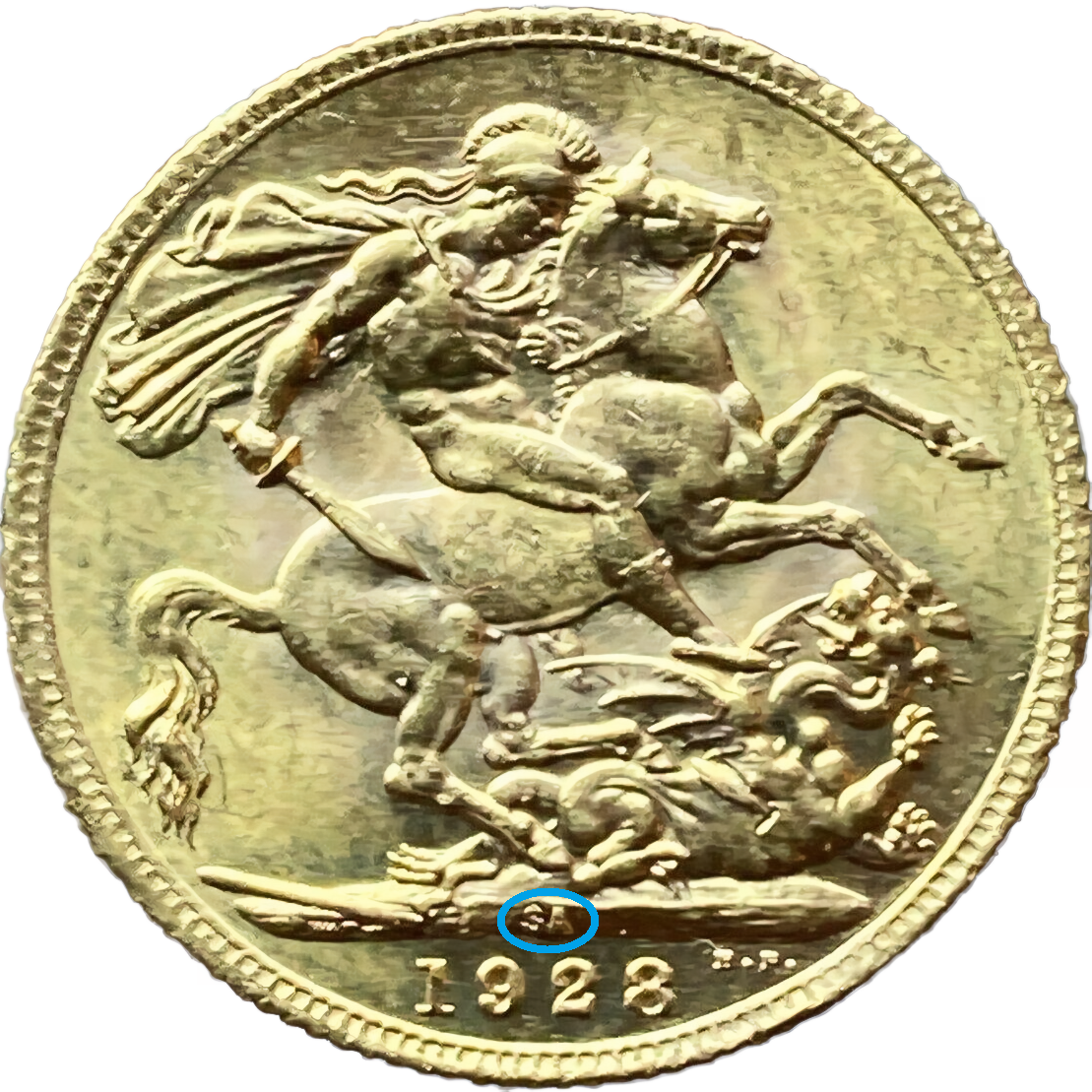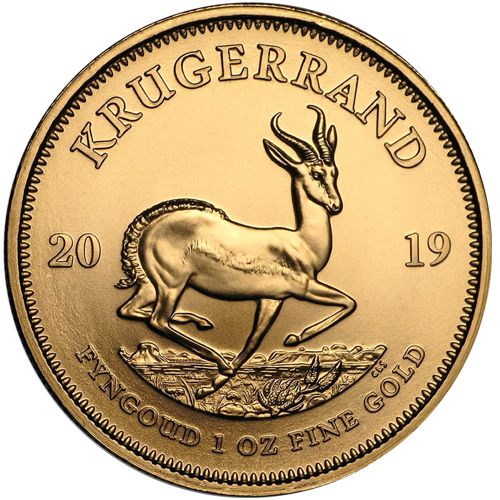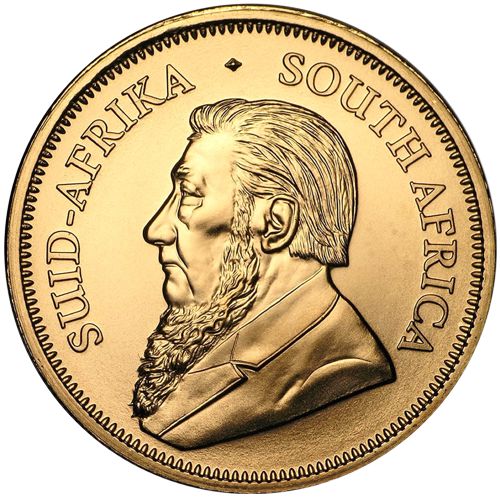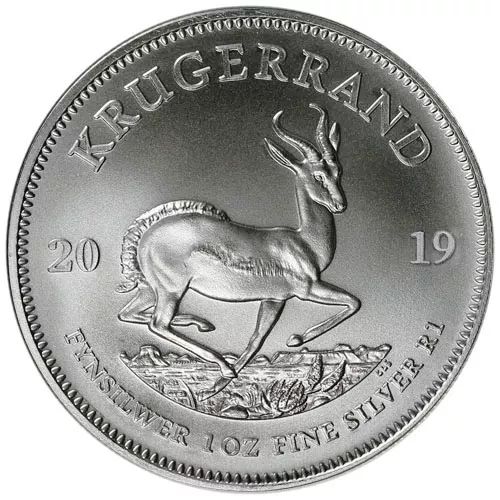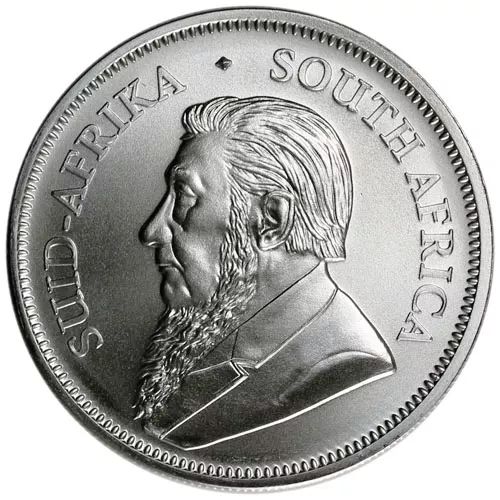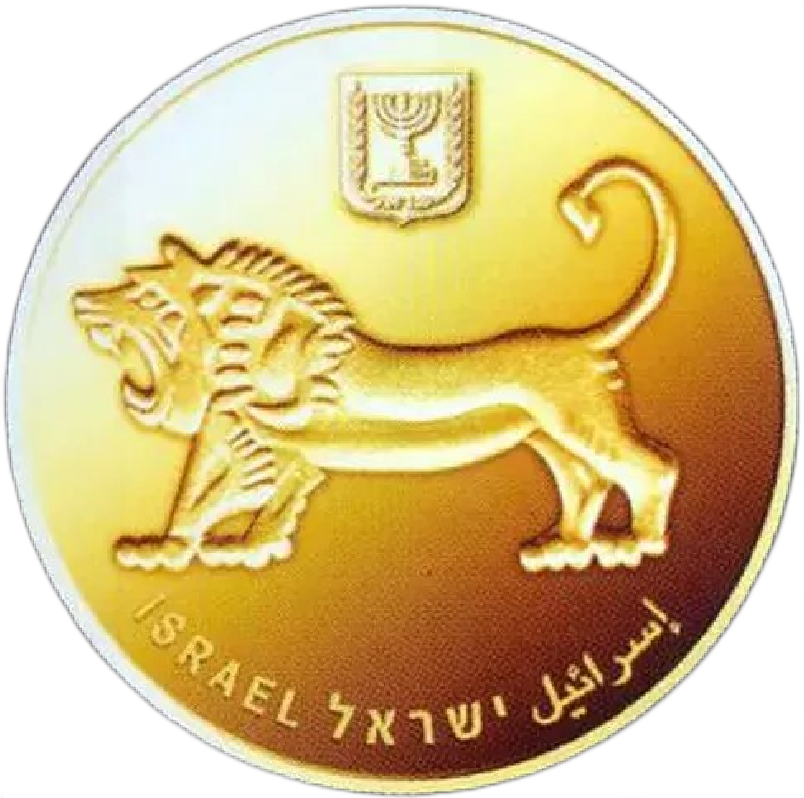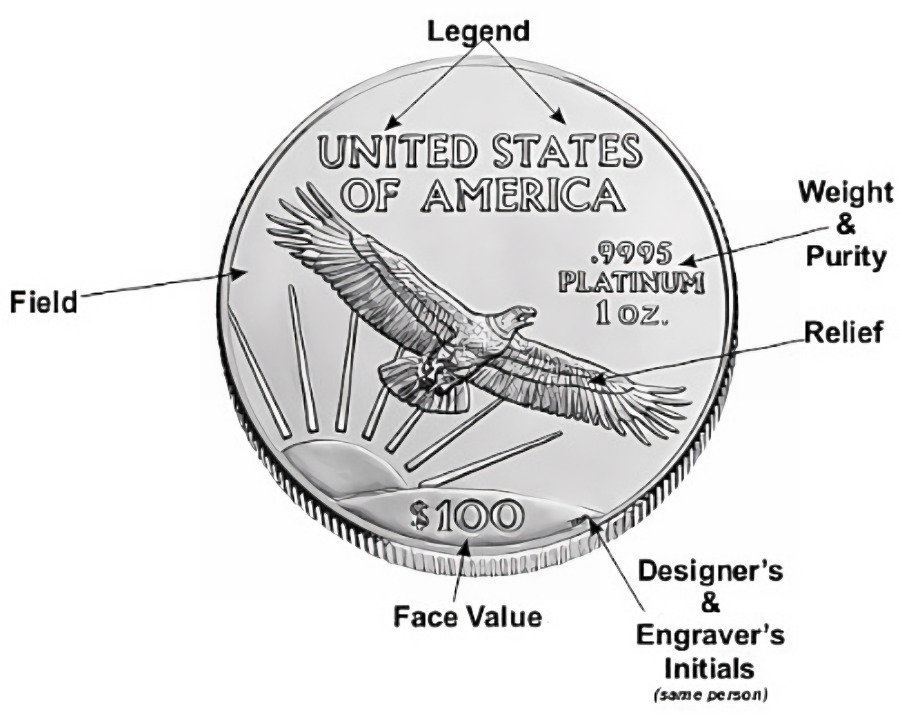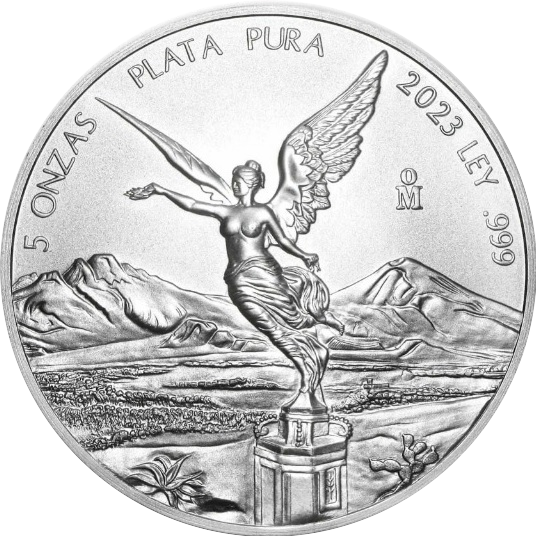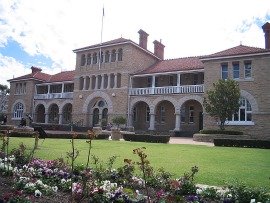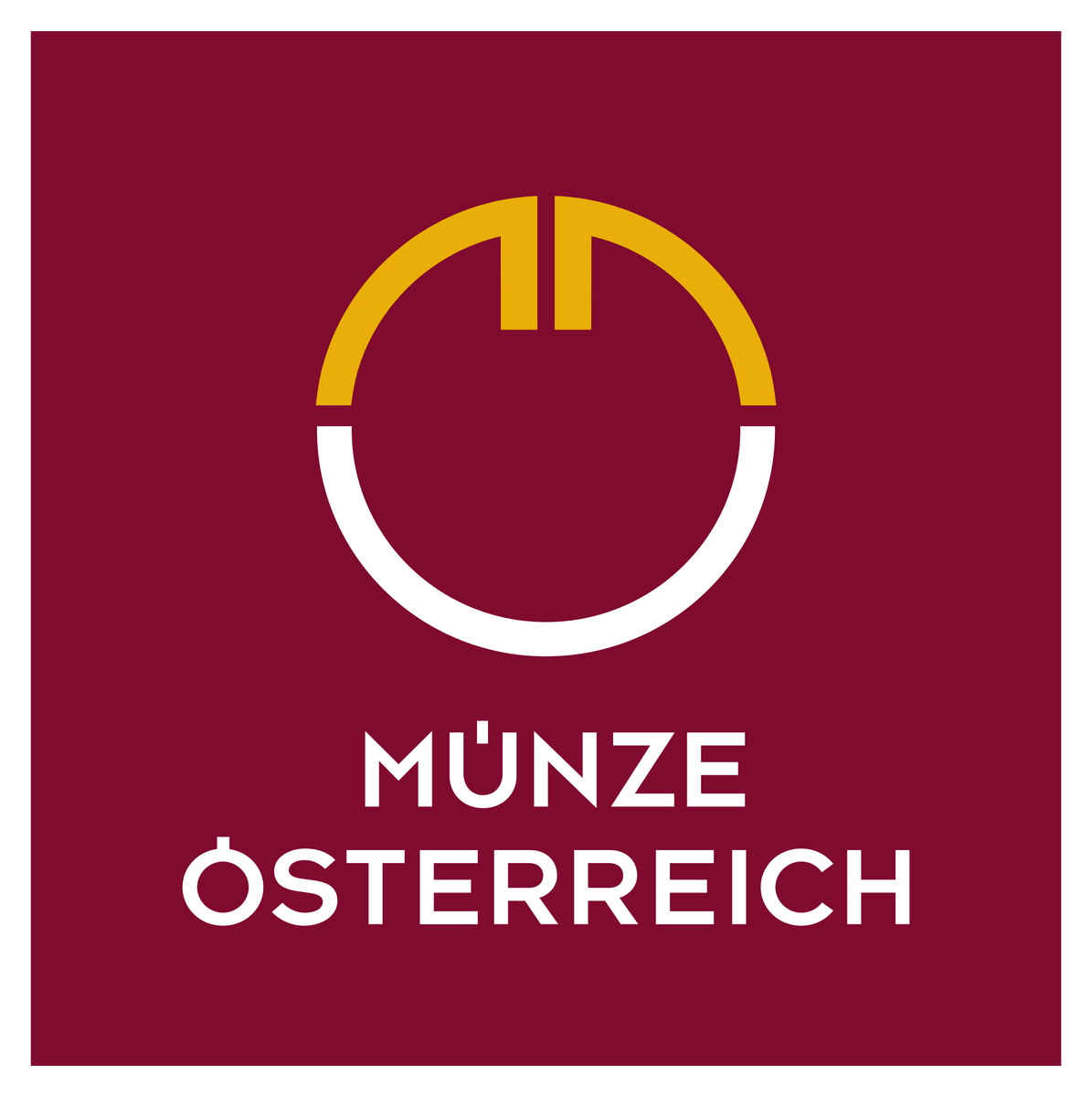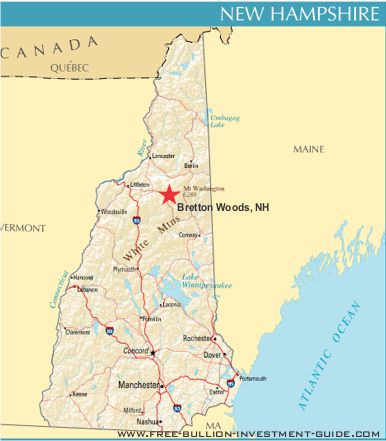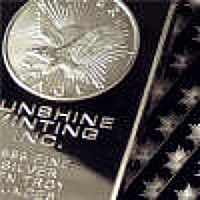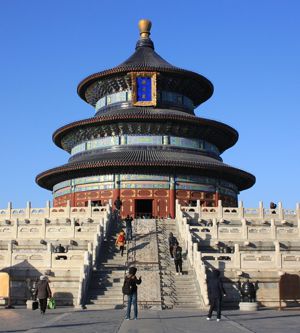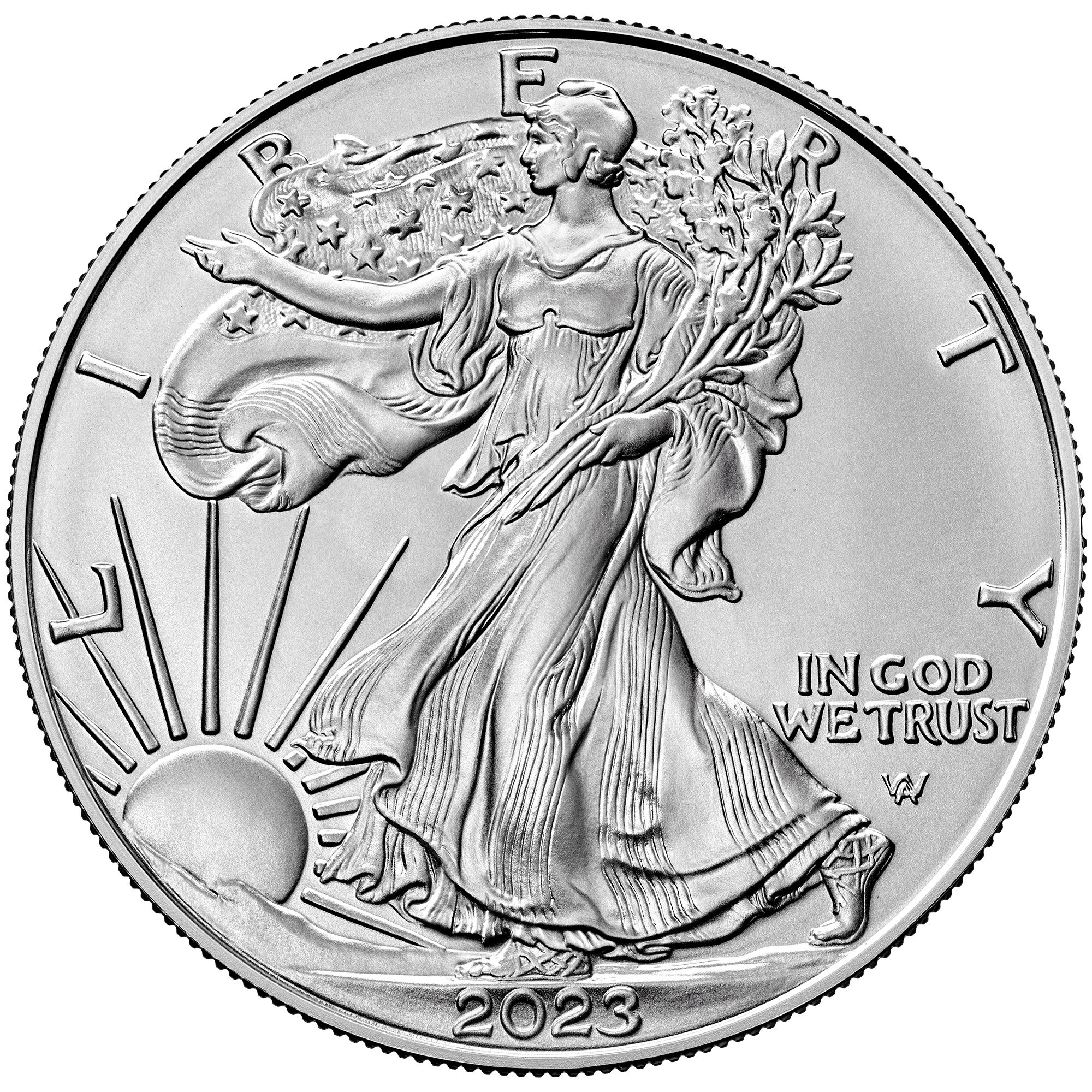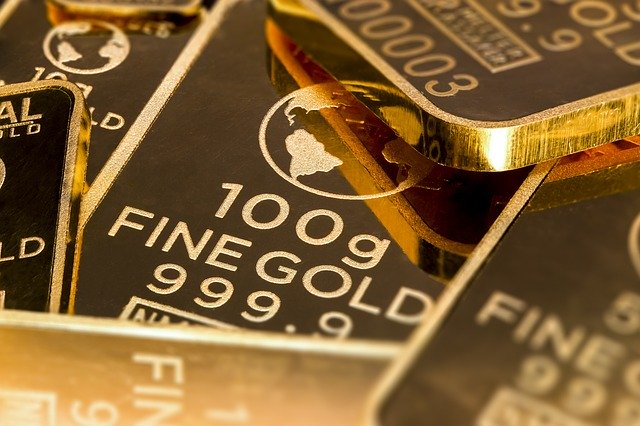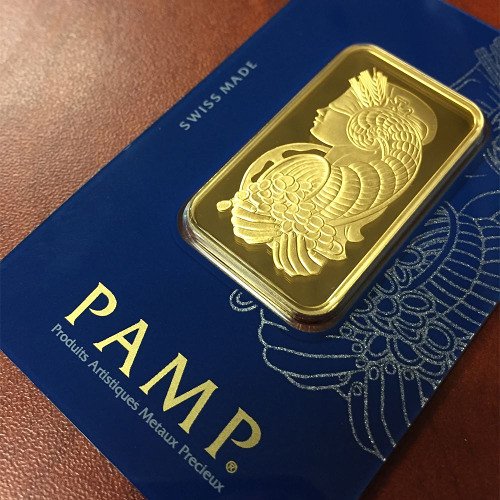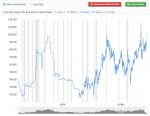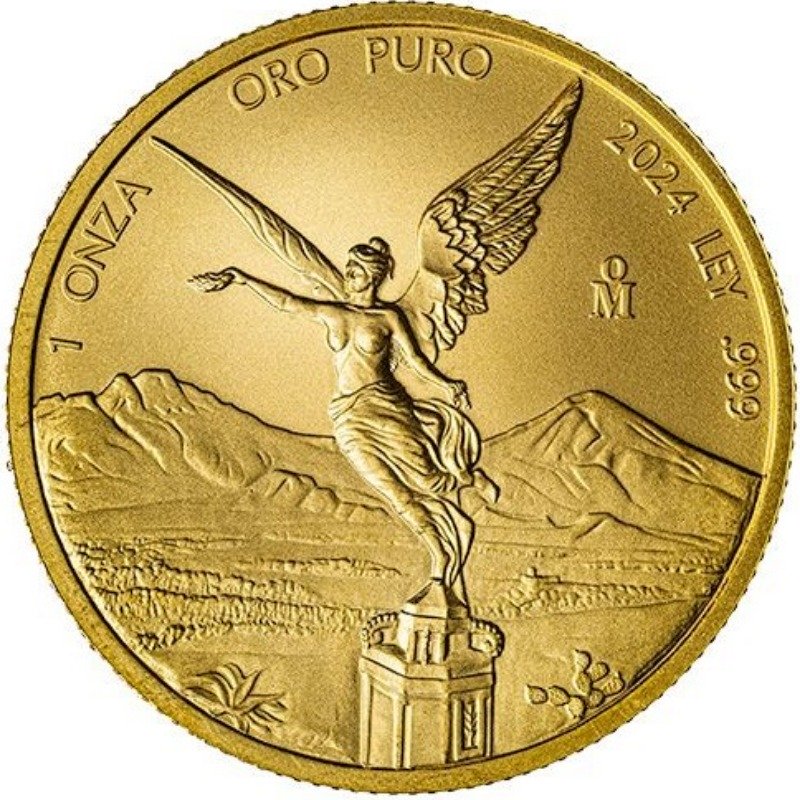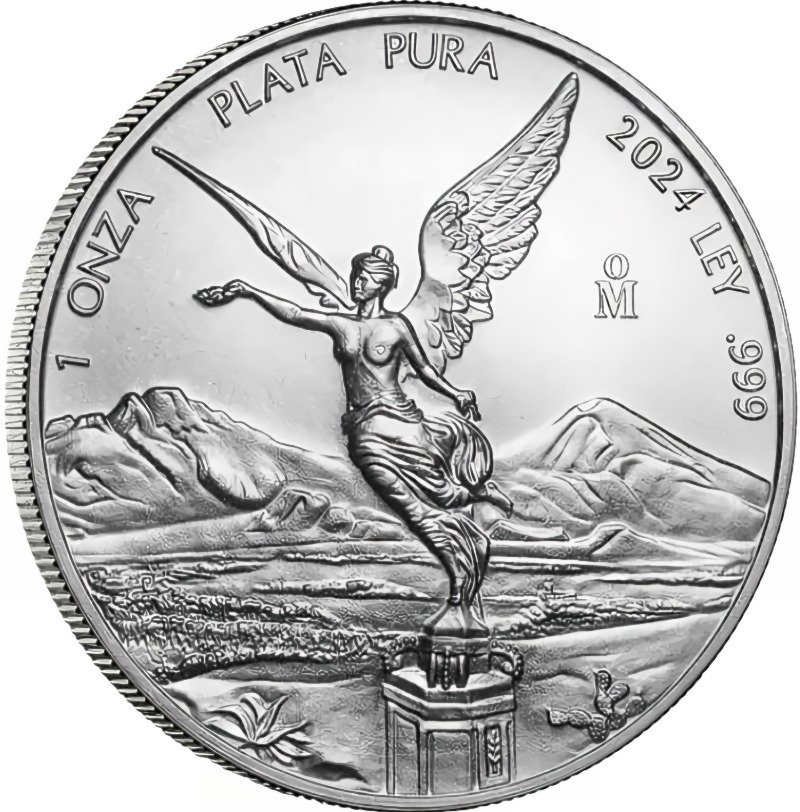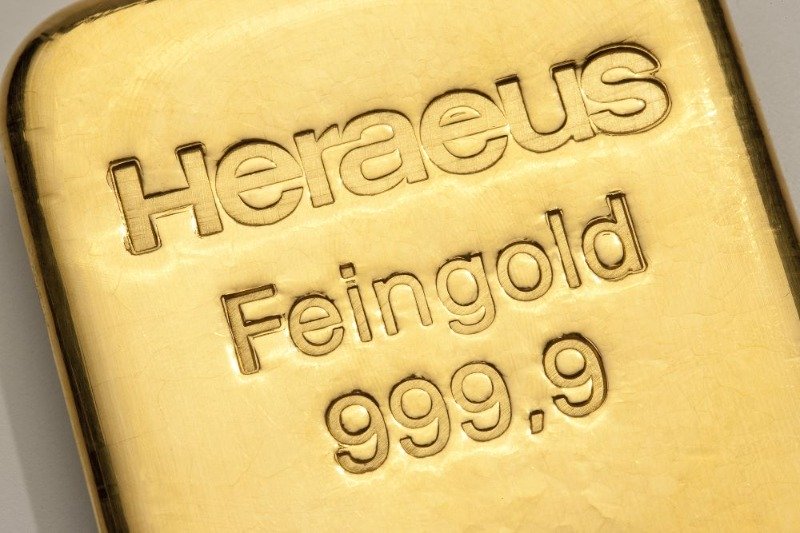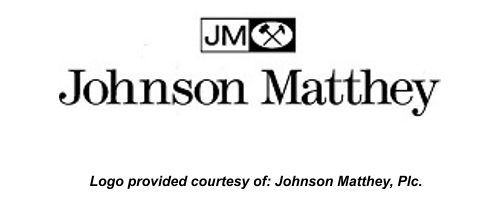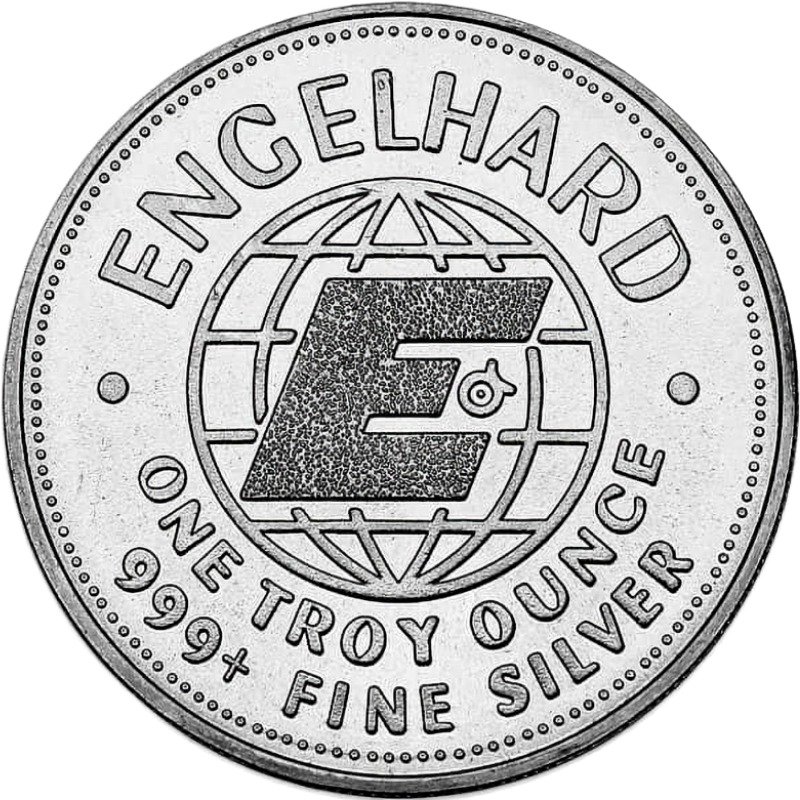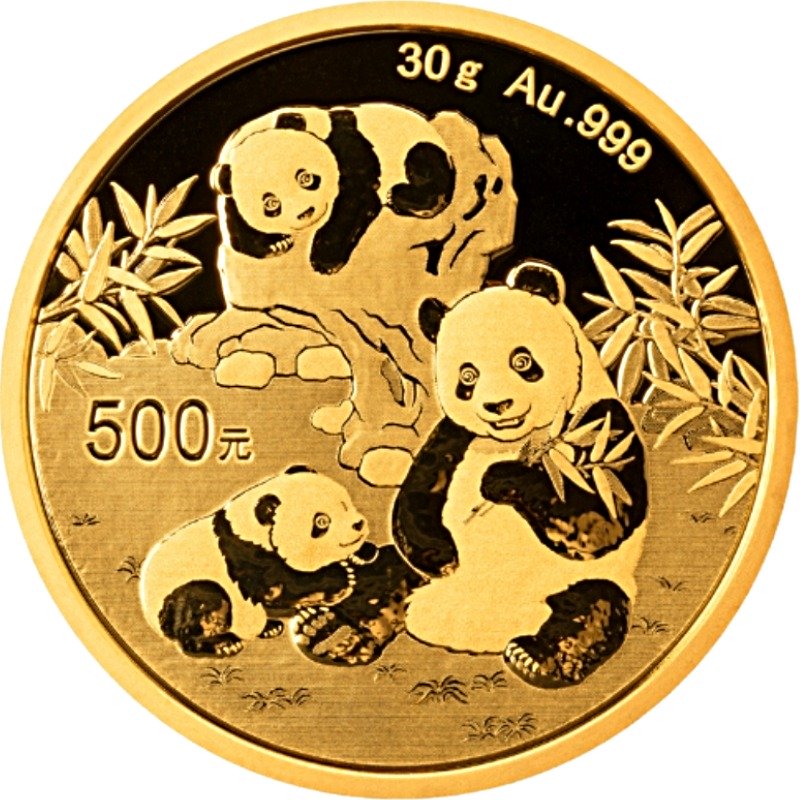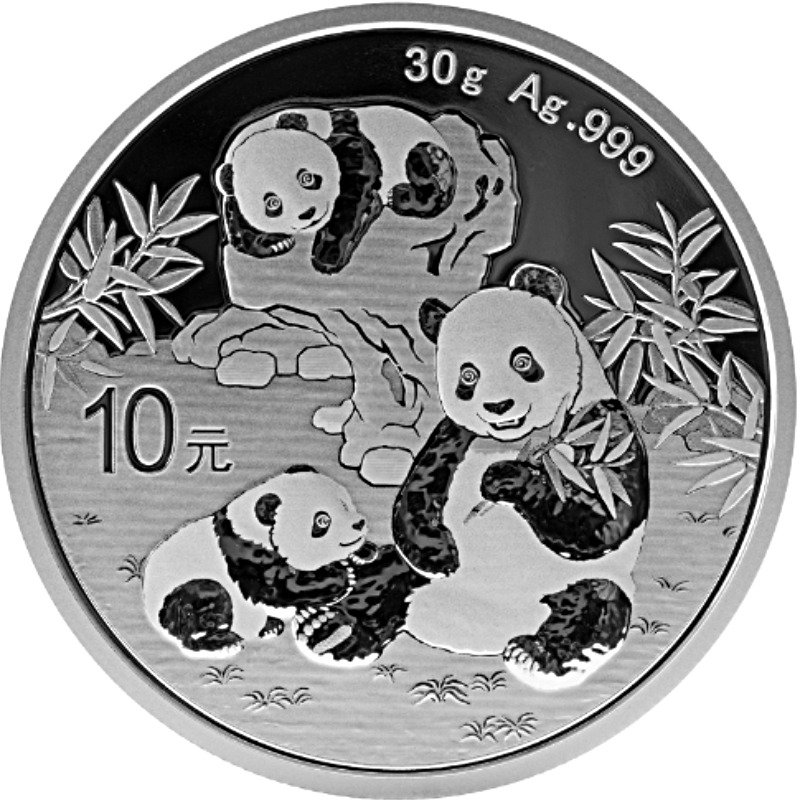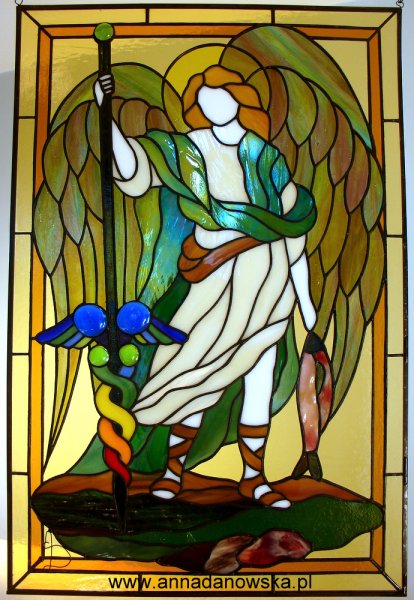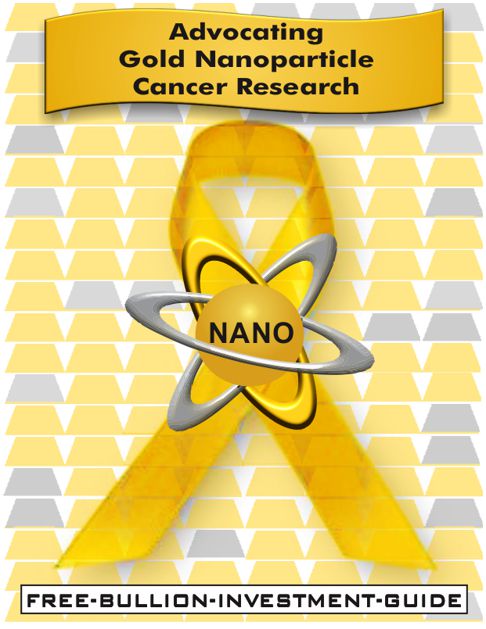Homepage / Bullion Coins: S. African Bullion
Last Updated on 04/15/2025
This Page is Under Maintenance...
Due to this, some images and/or text on this page may seem out of place or illegible.
South African Bullion
History of
the South African Mint
The South African Mint was established over a century ago and has undergone significant changes throughout its history. It began as a national mint, temporarily closed during British rule, and then reopened as a branch of the Royal Mint of the British Empire. Today, it operates as an independent and privatized mint.
Finding Gold in South Africa
Gold mining has been a significant contributor to South Africa's growth since gold was discovered in the country in the 1880s, generating substantial income and attracting considerable foreign investments.
Prior to the 1880s the discoveries of gold in the country were small in comparison, then 1884 and the subsequent 1886's discovery at Langlaagte that the Witwatersrand Basin's gold rush got underway in earnest.
The Witwatersrand gold field was discovered where Johannesburg now stands. Following the discovery of gold in South Africa the country's President Paul Kruger decided to establish a national mint.
South Africa Mint opens
(1890 - 1900)
When gold was discovered South African President Paul Kruger (1825-1904) realized that the country needed its own currency and needed a national mint to produce coins.
The mint was established in 1890 and opened on July 6th 1892, it was built on the northwest corner of Church Square in Pretoria, and Paul Kruger placed the cornerstone. Pretoria is the Legislative Capital of South Africa.
After the Second Boer War ended in 1902, South Africa was annexed into the British Empire and became a Transvaal Colony and part of the British Commonwealth. As a result, South Africa's mint was closed, and the pound sterling was established as the legal tender for the new colony.
Gold Conference of October 1919
The South African Reserve Bank established
Prior to the founding of the South African bank, commercial banks in South Africa could create their own banknotes that were backed by gold.
However, due to the debt that Great Britain had incurred during World War I (1914-1918), abnormal currency conditions created an imbalance, the price of gold was worth more in Britain than in South Africa.
The conversion of banknotes into gold in South Africa led to losses for South African banks, as these transactions were conducted under the British Empire. Each time the banks purchased gold from London and imported it back to South Africa, they incurred financial losses.
The financial losses prompted South African banks to seek government assistance, resulting in the Gold Conference of October 1919. This conference led to the establishment of the South African Reserve Bank, which officially opened on April 19, 1922.
The South African Reserve Bank directs the South African Mint to manufacture coins, including South African Bullion.
The Rand Refinery
During the early stages of South African gold mining, low-grade bullion was sent to London for refining. The idea of a local refinery was initially considered for several years before the first positive step was taken in 1909, which marked the beginning of the Rand Refinery's founding when the Transvaal Chamber of Mines established the Witwatersrand Co-operative Smelting Works.
The Rand Refinery was established by the the Chamber of Mines to refine gold mined in South African mines to stop the practice of sending the gold to London.
On 27 November 1920, Rand Refinery Ltd was registered as a private company, the capital raised from shares of gold mining companies that were members of the Chamber of Mines.
The building of the facilities commenced in August 1920. A site located 10 miles east of Johannesburg, in Germiston, South Africa, was selected for the Rand Refinery due to its rail facilities, and its location to the Witwatersrand gold fields.
By December 1921, construction on the Rand Refinery was complete. The refinery originally had a capacity of 12 million troy ounces of fine gold per annum; however, its capacity was met in ten years, and since then the Rand Refinery's facilities have increased considerably.
The refinery's principal functions are to refine bullion and recover precious metals from by-product materials received from member gold mines and to sell the refined precious metals to the South African Reserve Bank, which credits the mines accordingly.
The Rand Refinery also produces gold and silver blanks for the South African Mint to mint Krugerrands and its sub-denominated bullion coins.
The Pretoria Mint Act of 1919
Royal Mint Branch Opens in Pretoria
The Pretoria Mint Act of 1919 approved the British to established a branch of the Royal Mint in Pretoria. The mint was built on the corner of Visagie and Bosman Street and opened on the 1st of January, 1923.
The South African Branch of the Royal Mint produced £83,114,575 worth of gold sovereigns during its lifetime. The Royal Mint in South Africa was the last branch established abroad.
South African Sovereign Gold Coins
1923-1932
The British Gold Sovereign bullion coin was first minted in 1489 and contains .2354 troy oz. of gold, making it roughly the same size as a U.S. nickel. Since 1526, Gold Sovereigns have contained 22-karat gold, 91.667% gold, and 8.33% copper, which is also known as Crown gold.
South African Gold Sovereign coins were first minted in 1923 and are highly collectible because fewer than a thousand of them were struck. The official mintage for the 1923 South African Gold Sovereign number is in dispute; the following numbers have been given for this bullion coin: 719, 460, 423, and 406.
Gold Sovereigns struck at the Royal Mint's branch in South Africa had an "SA" mint mark; the mint marks can be found on the ground above the "year of issue." (click images to enlarge)
The Royal Mint branch in South Africa ceased issuing its Sovereign coins in 1932, but it wasn’t until South Africa severed ties with Great Britain in 1941 that The Royal Mint branch officially closed and the South African Mint reopened.
Royal Mint Branch closes
South African Mint opens
South Africa started to cut ties with the Britain in the early 1940s, the result of this was the closure of the Royal Mint's branch in Pretoria South Africa on June 30, 1941.
The next day, on July 1, 1941 the South African Mint opened its doors; however, British currency was still used in the country until South Africa became a Republic in 1961.
A New Republic
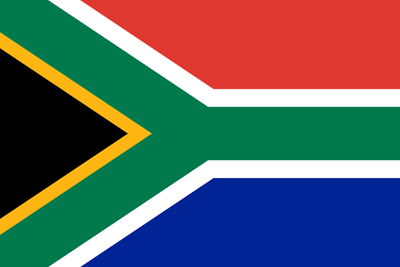
South Africa, under apartheid, became a Republic after the narrow passage of the 1960 South African Republic Referendum,
which led to
their unilateral withdrawal from the British Commonwealth.
On
May 31, 1961, the Republic of South Africa was proclaimed. In the same year, South Africa stopped the British decimal coin system in the country.
The coins were converted to a decimal equivalent. The half-pound became the Rand, and the R2 (2 Rand) coin replaced the Sovereign and the R1 (1 Rand) coin replaced the half sovereign.
These two coins may be seen as South Africa's first gold bullion coins. The last R1 and R2 gold coins were minted in 1983.
Privatizing the South African Reserve Bank and the Mint
During the 1980's, the South African Government initiated the deregulation of State activities, and the South African Mint was privatized, with the SA Reserve Bank as the holding company.
In 1988, on the 1st of September, the South African Mint Company (Pty) Ltd was established as a full subsidiary of the SA Reserve Bank.
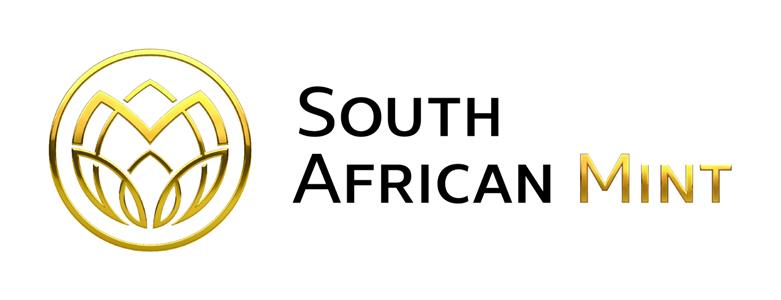
The old Mint was inadequate to meet the future demand for coinage.
At the time, the place where the old Mint was located did not allow for further expansion, so the decision was made to relocate the Mint.
The new Mint was built in Centurion, Gauteng Province, south of Pretoria. It was completed in 1990 and officially opened in October of 1992.
The South African Mint Company (Pty) Ltd. (SA MINT) is the official mint of the Republic of South Africa; the SA MINT manufactures coins on behalf of the South African Reserve Bank (pictured), including South African Bullion.
During the 20th century South Africa was the largest gold producing country.
Gold Krugerrand
South African Bullion Coins
Krugerrand Gold Bullion Coin - 1oz. & Fractional Bullion Coins
Silver Krugerrand
South African Bullion Coin
1oz. Krugerrand Silver Bullion Coin
Other Pages you may like....
|
|
|
|
|
|
South African Bullion
For the Best Bullion Market News...
|
Support this Guide & Paypal Thank You for Your Support |
|
|
 | |||||
Free Bullion Investment Guide
Keep this Guide Online
& Paypal
Thank You for
Your Support
Search the Guide
| search engine by freefind | advanced |

Daily
Newsletter
Mintages
for
2024
Gold & Silver Mexican Libertad
|
Gold Libertads |
Chinese Gold Coin Group Co.
& Chinese Bullion
2025
Gold & Silver Chinese Panda
|
Silver Panda |
Help Us Expand our Audience by forwarding our link
www.free-bullion-investment-guide.com.
Thank You!
March's

All Articles were Originally Posted on the Homepage
